
How to Use RYS352A: Examples, Pinouts, and Specs
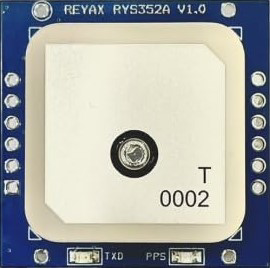
 Design with RYS352A in Cirkit Designer
Design with RYS352A in Cirkit DesignerIntroduction
The RYS352A is a relay module manufactured by REYAX, designed for efficient and reliable switching applications. This compact module is capable of controlling high-power devices using low-power signals, making it an essential component in automation, home appliances, and industrial control systems. Its robust design ensures durability and consistent performance in a wide range of environments.
Explore Projects Built with RYS352A
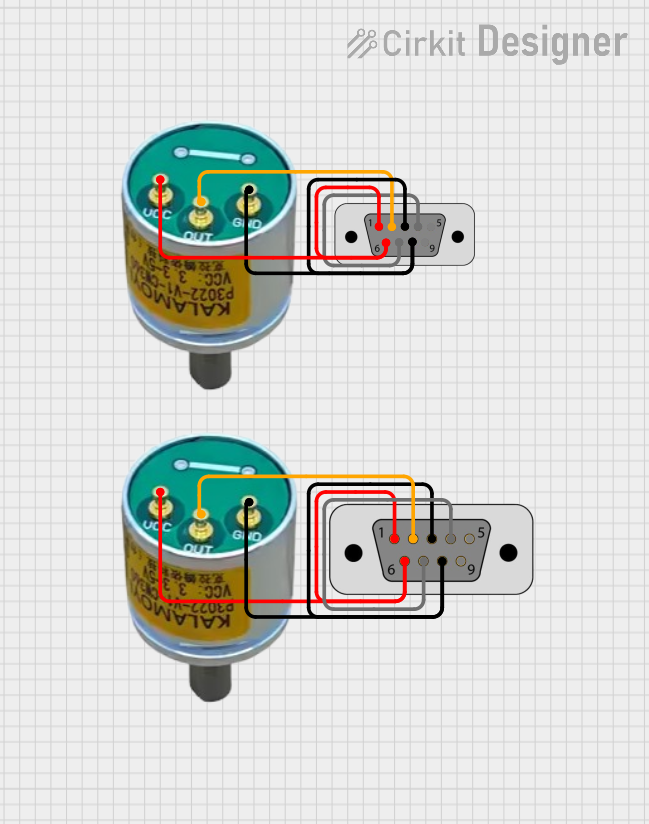
 Open Project in Cirkit Designer
Open Project in Cirkit Designer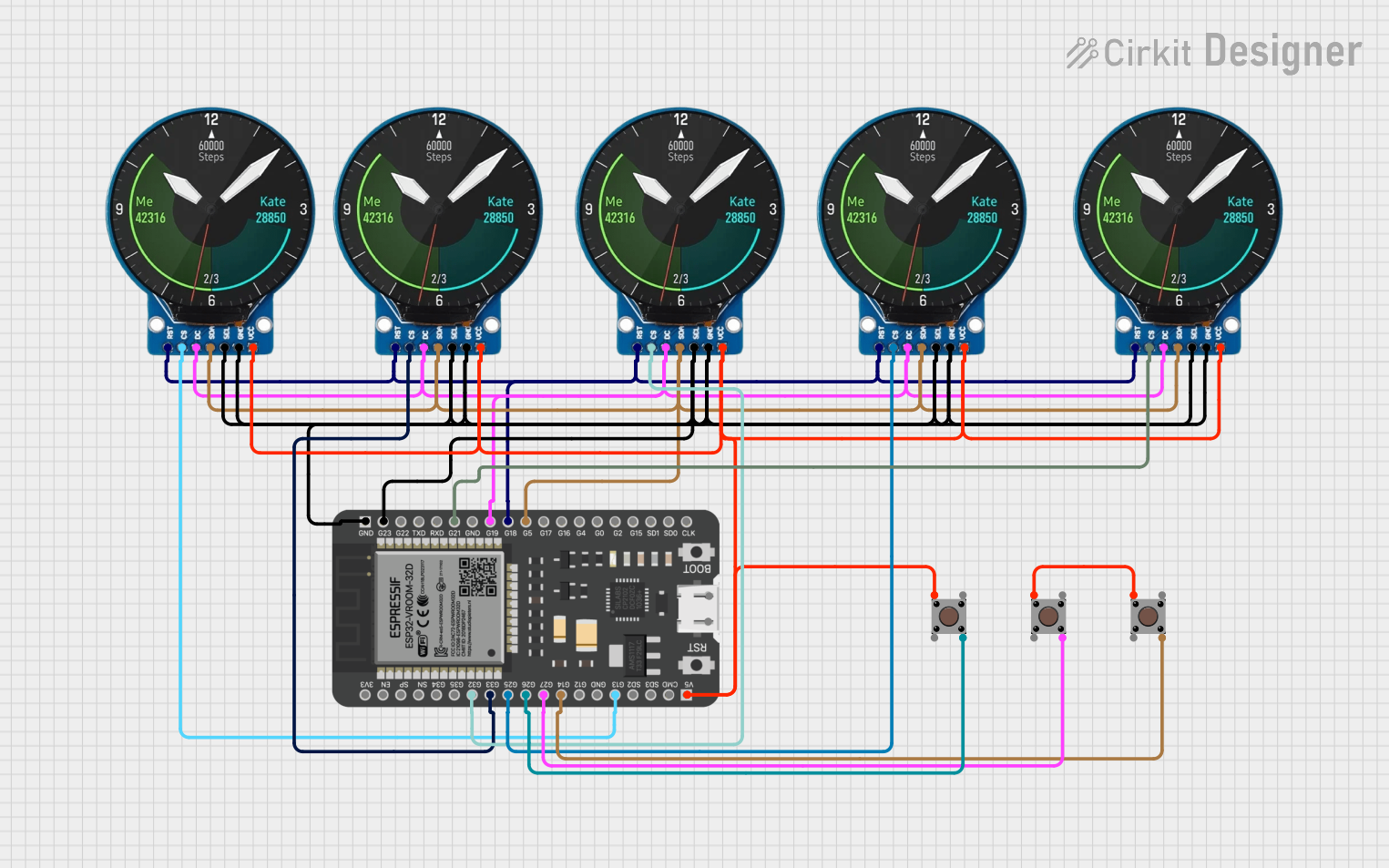
 Open Project in Cirkit Designer
Open Project in Cirkit Designer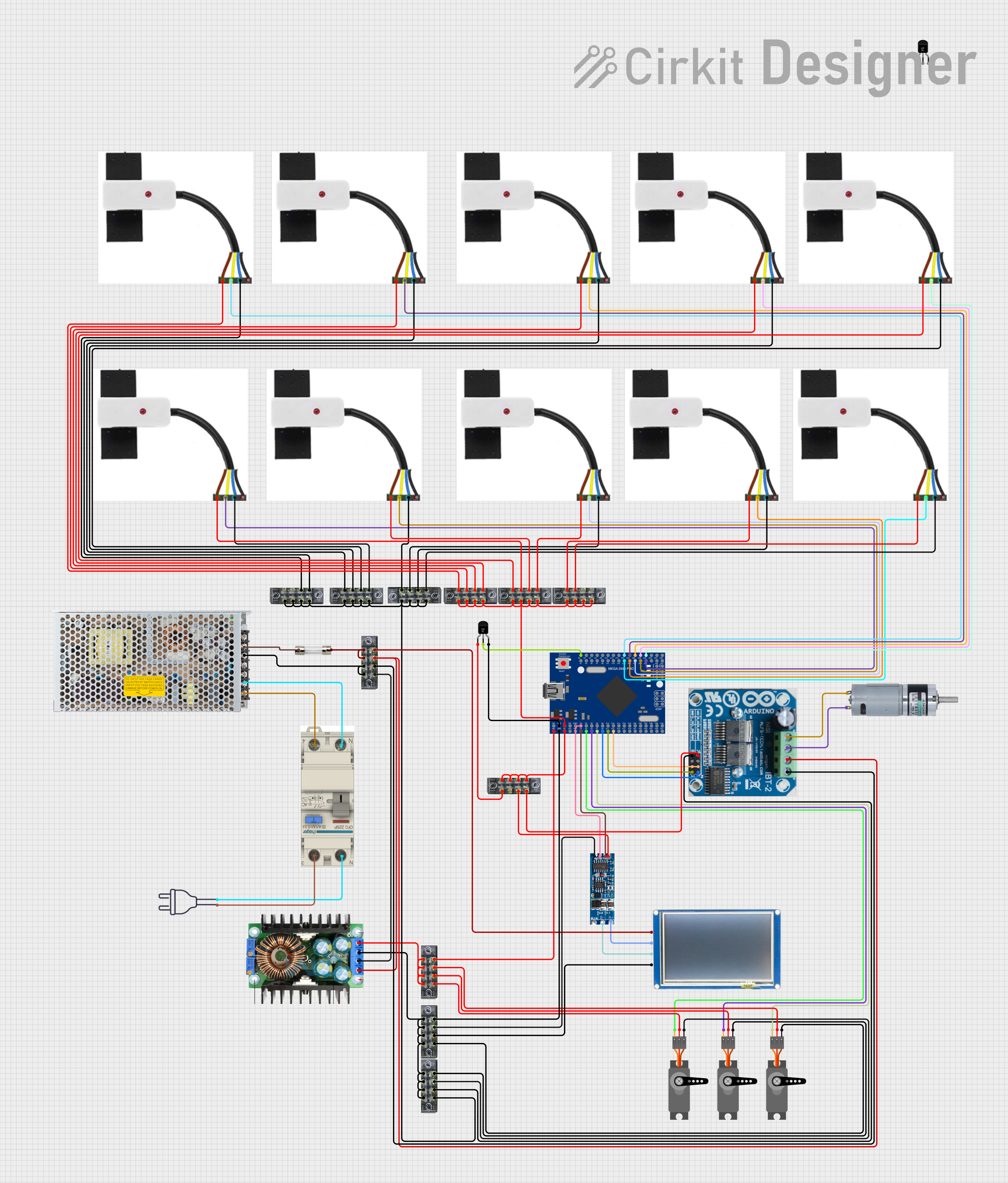
 Open Project in Cirkit Designer
Open Project in Cirkit Designer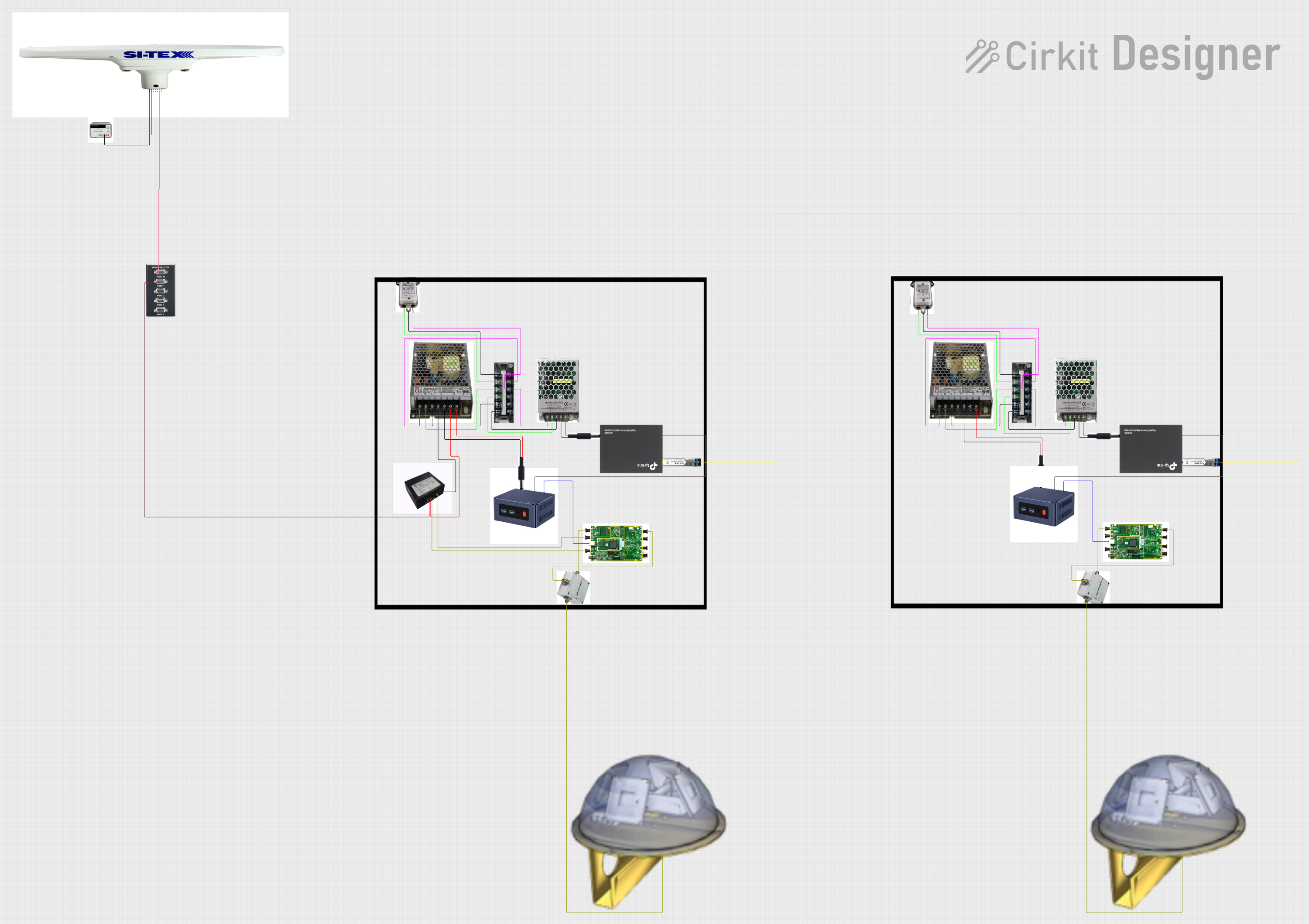
 Open Project in Cirkit Designer
Open Project in Cirkit DesignerExplore Projects Built with RYS352A

 Open Project in Cirkit Designer
Open Project in Cirkit Designer
 Open Project in Cirkit Designer
Open Project in Cirkit Designer
 Open Project in Cirkit Designer
Open Project in Cirkit Designer
 Open Project in Cirkit Designer
Open Project in Cirkit DesignerCommon Applications
- Home automation systems (e.g., controlling lights, fans, or appliances)
- Industrial control systems
- Motor control and protection
- Signal isolation between high-power and low-power circuits
- IoT projects requiring remote switching
Technical Specifications
The following table outlines the key technical details of the RYS352A relay module:
| Parameter | Specification |
|---|---|
| Manufacturer | REYAX |
| Part Number | RYS352A |
| Operating Voltage | 5V DC |
| Trigger Voltage | 3.3V to 5V DC |
| Maximum Load Voltage | 250V AC / 30V DC |
| Maximum Load Current | 10A |
| Contact Type | SPDT (Single Pole Double Throw) |
| Coil Resistance | 70Ω ± 10% |
| Switching Time | ≤10ms (Operate) / ≤5ms (Release) |
| Insulation Resistance | ≥100MΩ (at 500V DC) |
| Operating Temperature | -40°C to 85°C |
| Dimensions | 19mm x 15mm x 15mm |
Pin Configuration and Descriptions
The RYS352A relay module typically has the following pin configuration:
| Pin Name | Description |
|---|---|
| VCC | Power supply input for the relay module (5V DC). |
| GND | Ground connection. |
| IN | Control signal input to trigger the relay (3.3V to 5V logic level). |
| COM | Common terminal for the relay switch. |
| NO | Normally Open terminal. Connect the load here for default OFF state. |
| NC | Normally Closed terminal. Connect the load here for default ON state. |
Usage Instructions
How to Use the RYS352A in a Circuit
- Power the Relay Module: Connect the VCC pin to a 5V DC power source and the GND pin to the ground of your circuit.
- Control Signal: Use a microcontroller (e.g., Arduino UNO) or a low-power signal to drive the IN pin. A HIGH signal (3.3V to 5V) will activate the relay.
- Connect the Load:
- For devices that should remain OFF by default, connect the load between the COM and NO terminals.
- For devices that should remain ON by default, connect the load between the COM and NC terminals.
- Isolation: Ensure proper isolation between the control circuit and the high-power load to prevent damage or interference.
Important Considerations and Best Practices
- Flyback Diode: If the relay is used with an inductive load (e.g., motors), add a flyback diode across the load to protect the relay from voltage spikes.
- Power Supply: Ensure the power supply can provide sufficient current for the relay coil (approximately 70mA).
- Heat Dissipation: Avoid exceeding the maximum load current (10A) to prevent overheating or damage.
- Safety: When switching high voltages, ensure proper insulation and avoid direct contact with the relay terminals.
Example: Connecting RYS352A to an Arduino UNO
Below is an example of how to control the RYS352A relay module using an Arduino UNO:
// Example: Controlling RYS352A Relay Module with Arduino UNO
const int relayPin = 7; // Define the pin connected to the relay module's IN pin
void setup() {
pinMode(relayPin, OUTPUT); // Set the relay pin as an output
digitalWrite(relayPin, LOW); // Ensure the relay is OFF at startup
}
void loop() {
digitalWrite(relayPin, HIGH); // Turn the relay ON
delay(5000); // Keep the relay ON for 5 seconds
digitalWrite(relayPin, LOW); // Turn the relay OFF
delay(5000); // Keep the relay OFF for 5 seconds
}
Note: Ensure the relay module's VCC and GND pins are connected to the Arduino's 5V and GND pins, respectively.
Troubleshooting and FAQs
Common Issues and Solutions
Relay Not Activating:
- Cause: Insufficient control signal voltage.
- Solution: Ensure the IN pin receives a signal between 3.3V and 5V.
Load Not Switching:
- Cause: Incorrect wiring of the load to the relay terminals.
- Solution: Verify the load is connected to the correct terminals (COM, NO, or NC).
Overheating:
- Cause: Exceeding the maximum load current (10A).
- Solution: Use a load within the specified current and voltage ratings.
Noise or Interference:
- Cause: Inductive load causing voltage spikes.
- Solution: Add a flyback diode across the load to suppress voltage spikes.
FAQs
Q1: Can the RYS352A be used with a 3.3V microcontroller?
A1: Yes, the RYS352A can be triggered with a 3.3V control signal, but ensure the power supply to the relay module is 5V.
Q2: What is the difference between NO and NC terminals?
A2: The NO (Normally Open) terminal is disconnected from COM by default and connects when the relay is activated. The NC (Normally Closed) terminal is connected to COM by default and disconnects when the relay is activated.
Q3: Can the RYS352A handle DC loads?
A3: Yes, the RYS352A can handle DC loads up to 30V and 10A.
Q4: Is the RYS352A suitable for switching high-frequency signals?
A4: No, the RYS352A is designed for low-frequency switching and is not suitable for high-frequency applications.
By following this documentation, users can effectively integrate the RYS352A relay module into their projects and troubleshoot common issues with ease.